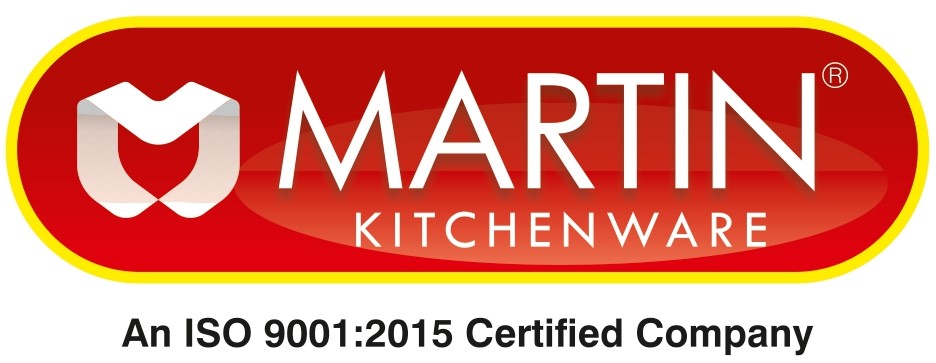- Your cart is empty
- Continue Shopping
The Benefits of Cooking Under Pressure

The Benefits of Cooking Under Pressure
Cooking under pressure isn’t just a catchy phrase—it refers to the efficient, flavorful, and versatile results achieved using a pressure cooker. Whether you’re a busy parent, health-conscious foodie, or someone looking to save time in the kitchen, pressure cooking offers multiple advantages. Let’s dive into the top benefits that make pressure cooking an essential tool for any kitchen.
1. Faster Cooking Times
One of the biggest advantages of pressure cooking is the speed. Traditional cooking methods like stewing or braising can take hours, but a pressure cooker significantly reduces the cooking time.
- Example: A beef stew that normally takes 2-3 hours on the stovetop can be ready in just 30-40 minutes.
- Why it Works: The sealed environment traps steam, raising the internal temperature above the boiling point and cooking food much faster.
Benefit: Save time, especially on busy weeknights or when preparing large meals.
2. Energy-Efficient Cooking
Because food cooks quicker in a pressure cooker, it also consumes less energy. You’ll spend less time with the stove or electric cooker running, which can translate into lower utility bills.
- Traditional Cooking: Requires extended heating for several hours.
- Pressure Cooking: Uses heat more efficiently, making it eco-friendly.
Benefit: A sustainable choice that reduces energy consumption.
3. Retains Nutrients and Flavor
Pressure cooking helps preserve more nutrients compared to boiling or frying. Since food is cooked quickly with minimal water, essential vitamins and minerals stay intact. Additionally, the sealed environment intensifies the natural flavors of ingredients, often eliminating the need for excessive seasoning.
- Studies Show: Vegetables retain more vitamin C when pressure-cooked compared to boiling.
- Why It Tastes Better: No steam escapes, so the flavors concentrate inside the cooker.
Benefit: Healthier meals that taste better.
4. Tenderizes Tough Cuts of Meat
With a pressure cooker, you can easily turn inexpensive, tough cuts of meat into tender, melt-in-your-mouth dishes. The high pressure breaks down collagen in meats quickly, resulting in juicy and flavorful results.
- Perfect For: Short ribs, pork shoulder, or brisket.
- Tip: Add a splash of broth or wine for added moisture and flavor.
Benefit: Enjoy premium-quality results without paying for expensive cuts.
5. Versatile Cooking Options
A pressure cooker can handle a wide variety of meals, from soups and stews to rice, beans, and even desserts like cheesecakes and puddings. Some models come with additional functions such as sautéing, slow cooking, and steaming, making it a multi-functional kitchen tool.
- Examples:
- Steel-cut oatmeal for breakfast
- Pulled pork for dinner
- Rice pudding for dessert
Benefit: Fewer appliances needed, simplifying your kitchen.
6. Reduces Clean-Up Time
Since a pressure cooker is a single pot that can sauté, simmer, and cook under pressure, it reduces the number of dishes you need to wash. Many modern models come with non-stick or stainless-steel inserts that are easy to clean.
- No Boil-Overs: The sealed environment minimizes spills and splatters.
- Pro Tip: Use the sauté function to brown meat in the same pot before pressure cooking, reducing dishes even further.
Benefit: Less time spent on cleanup after meals.
7. Perfect for Batch Cooking and Meal Prep
Pressure cookers make it easy to cook in large quantities, ideal for meal prep and batch cooking. Cook a big pot of soup, chili, or beans, and store portions in the fridge or freezer for later use.
- Meal Prep Ideas:
- Make a large batch of rice or quinoa to use throughout the week.
- Prepare shredded chicken for tacos, salads, or sandwiches.
Benefit: Save time and effort by preparing meals ahead of time.


